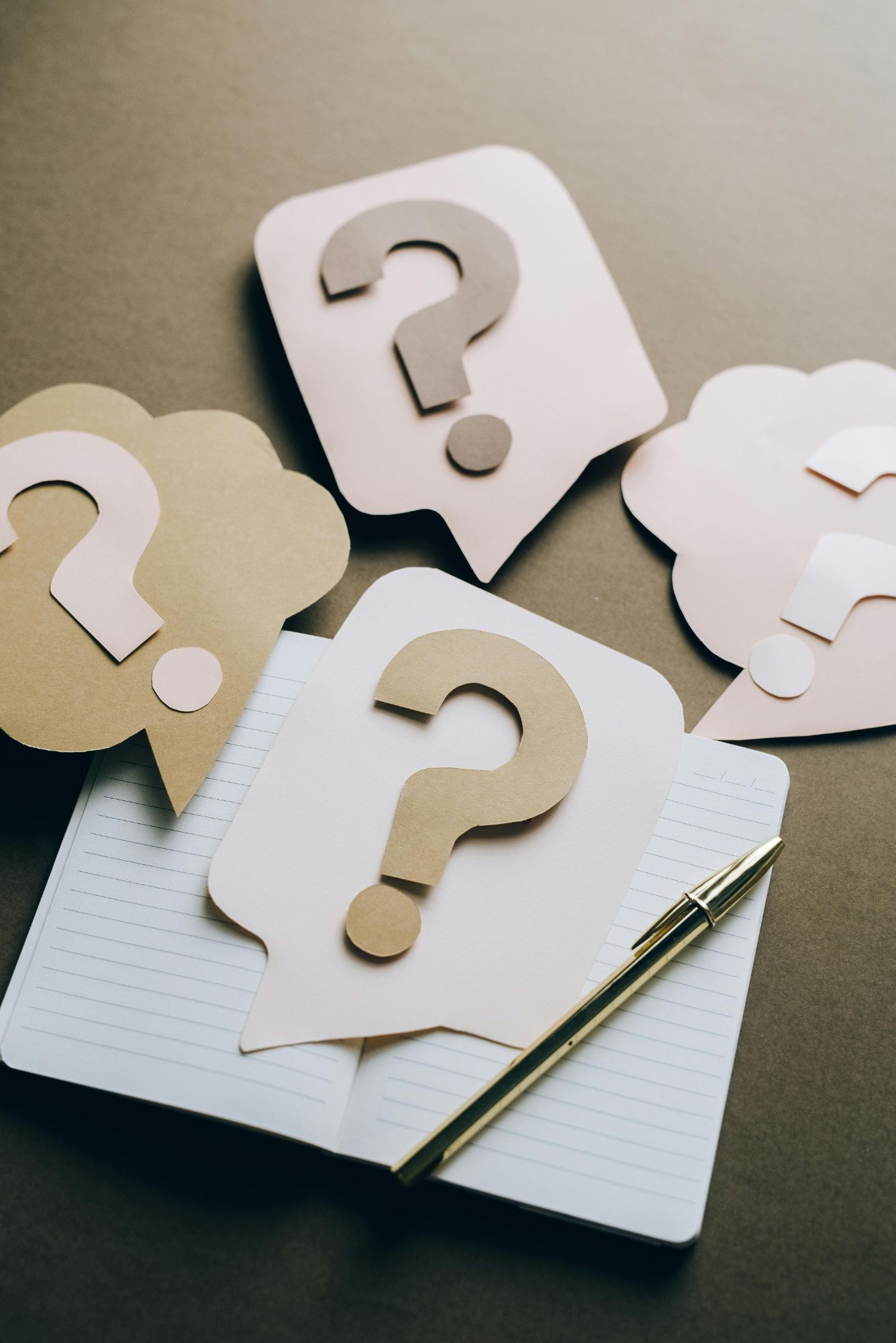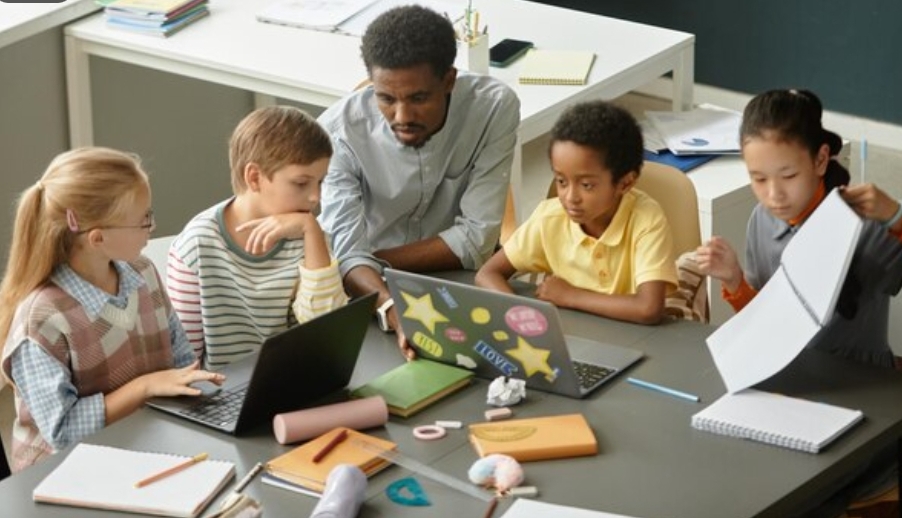
Welcome back, knowledge seekers! Buckle up as we dive deeper into our conversation with Dr. Alice Moore, renowned educational consultant and champion of reflective practice. Today, we’ll explore advanced applications of this powerful tool, navigate specific challenges, and equip you with strategies to harness the full potential of reflection in your educational journey.
Question: Dr. Moore, why is reflective practice so crucial in education?
Answer: Imagine a seasoned chef who never tastes their own creations. Their culinary skills might stagnate, and their dishes might never reach their full potential. The same principle applies to educators. Reflective practice acts as a bridge between theory and practical application, allowing educators to step back, analyze their teaching strategies, and identify areas for improvement.
Think about Mr. Garcia, a passionate history teacher. After delivering a captivating lecture on the French Revolution, Mr. Garcia dedicates a few minutes to reflection. He jots down observations – student engagement levels, areas where the lecture resonated most, and perhaps a specific concept that seemed to confuse some students. Through this reflection, Mr. Garcia can identify areas for improvement. He might consider incorporating more interactive activities in future lessons to cater to diverse learning styles. He might revisit the concept that seemed confusing and explore alternative teaching methods for better comprehension. This self-evaluation fosters continuous learning and growth, ultimately leading to a more impactful educational experience for his students.
Question: How can educators effectively integrate reflective practice into their routines?
Answer: Integrating reflection into already packed schedules might seem daunting. However, even brief reflections can be incredibly beneficial. Here are a few suggestions:
Journaling: Dedicating a few minutes after each lesson to jot down observations about student engagement, classroom dynamics, and areas for improvement can be incredibly powerful. Imagine Ms. Jackson, a dedicated elementary school teacher. After a particularly challenging math lesson, Ms. Jackson takes five minutes to write in her reflection journal. She notes that some students struggled with a specific word problem. This prompts her to explore alternative ways to explain the concept in the next lesson.
Peer Coaching: Partnering with a colleague and observing each other’s teaching styles, followed by a facilitated discussion, offers valuable insights and fosters a culture of continuous learning. Imagine Mr. Thompson, a science teacher, observing Ms. Hernandez’s biology class. He observes her use of hands-on activities to explain complex scientific concepts. During their post-observation reflection session, Mr. Thompson shares his observations and expresses his desire to incorporate more interactive activities in his own lessons. This collaborative reflection allows both educators to learn from each other’s strengths.
Video Analysis: Technology can be a powerful tool for reflection. Imagine Ms. Robinson, an English teacher, recording herself leading a class discussion on Shakespearean sonnets. After reviewing the footage, Ms. Robinson reflects on her questioning techniques and the overall flow of the discussion. This video analysis allows her to identify areas for improvement, such as incorporating more wait time after posing questions to allow students sufficient time to formulate their thoughts.
Question: Reflective practice often focuses on the educator. How can students benefit from this process?
Answer: Reflective practice is a two-way street! Encouraging students to reflect on their learning journey empowers them to take ownership of their education. This can involve exit tickets where students answer prompts like “What did I learn today?” or “What did I find challenging?” Imagine a classroom where Ms. Davis asks her students to write a brief reflection after a group project on historical inventions. Students might reflect on their teamwork skills, their research strategies, or even areas where they could have contributed more effectively. These reflections allow Ms. Davis to identify areas where students might need additional support and empower students to become more self-aware and invested in their learning journey.
Question: Can you elaborate on the impact of reflective practice on student engagement?
Answer: When students are encouraged to reflect on their learning, they become more self-aware and invested in the learning process. Imagine a classroom where Mr. Rodriguez encourages his students to reflect on their understanding of a complex math concept after a lesson. Students might reflect on areas where they grasped the concept well and identify areas where they need further clarification. This self-reflection fosters a deeper understanding and motivates students to ask questions, seek clarification, and actively participate in the learning process. Mr. Rodriguez can then tailor his instruction to address the specific needs of his students, leading to a more engaging and effective learning environment.
Question: What are some of the challenges educators might face when implementing reflective practice?
Answer: Time can be a major hurdle. Integrating reflection into already packed schedules might seem daunting. However, even brief reflections can be incredibly beneficial. Here are some of the challenges educators might face, along with strategies to overcome them:
Limited Time: Dedicating a full hour for reflection might not be realistic. Aim for short, focused reflections. Even 5-10 minutes after each lesson can be enough to jot down key observations and areas for improvement.
Feeling Overwhelmed: Reflection can sometimes surface areas needing improvement, which might feel overwhelming. Remember, reflection is not about self-criticism; it’s about growth. Focus on identifying one or two areas for improvement at a time and set achievable goals to address them.
Fear of Vulnerability: Some educators might feel apprehensive about exposing potential shortcomings. Remember, a culture of reflective practice is a supportive one. Focus on the learning aspect of reflection, and don’t be afraid to share your reflections with trusted colleagues who can offer constructive feedback and encouragement.
Question: How can educational leaders create a school culture that embraces reflective practice?
Answer: Leaders can champion reflective practice by dedicating professional development time to explore its benefits and strategies for implementation. Imagine a school principal, Dr. Jones, scheduling a professional development session on the power of reflective practice. Dr. Jones invites an educational consultant to share practical strategies for integrating reflection into daily routines. She also allocates dedicated time for educators to observe each other’s classes and engage in collaborative reflection sessions. These initiatives send a strong message that the school values continuous learning and growth, fostering a culture of reflective practice among educators.
Question: Do you have any advice for educators who are new to reflective practice?
Answer: Start small! Don’t feel pressured to embark on elaborate reflection sessions. Dedicate 5-10 minutes after a lesson to jot down some observations in a journal, focusing on key areas like student engagement, lesson flow, and areas where you might want to adjust your approach. Joining online communities of educators focused on reflection can provide valuable support and inspiration. Remember, the goal isn’t perfection; it’s about continuous growth and learning.
Question: How can technology be leveraged to enhance reflective practice in education?
Answer: Technology can be a powerful tool! Many online platforms offer journaling prompts, self-assessment tools, and even video analysis capabilities to support educators in their reflection journeys. Imagine Ms. Brown, a language arts teacher, utilizing a reflection app. The app offers prompts like “What teaching strategies resonated most with students?” and “What areas could be improved for the next lesson?” These prompts guide Ms. Brown’s reflection and help her identify areas for improvement. Additionally, some platforms allow educators to upload and analyze video recordings of their lessons, providing valuable insights into their teaching styles and classroom dynamics.
Question: In your experience, what are the most significant benefits of a reflective practice culture in education?
Answer: The benefits are numerous! Reflective educators become more innovative, adaptable, and student-centered. Imagine Mr. Garcia, the history teacher from our earlier example, incorporating more interactive activities based on his reflection. This not only improves his teaching but also fosters a more engaging learning environment for his students. Students in turn become more engaged, self-aware, and lifelong learners. Imagine Ms. Davis’ students reflecting on their teamwork skills after the group project. This self-reflection empowers them to become more effective collaborators and fosters a culture of continuous learning. This collaborative culture of reflection fosters a vibrant learning environment where both educators and students thrive.
Question: Dr. Moore, any final words for our readers on the power of reflective practice?
Answer: Reflective practice is not a luxury; it’s a necessity for continuous learning and growth in education. Think of it as a compass guiding you on your educational journey. Embrace the journey of self-discovery, unleash the transformative power of reflection in your classroom, and empower your students to become self-aware and lifelong learners! Remember, there’s always room for improvement, and with each reflection, you become a more effective educator, fostering a love of learning in your students. So, start reflecting today and witness the magic unfold!










